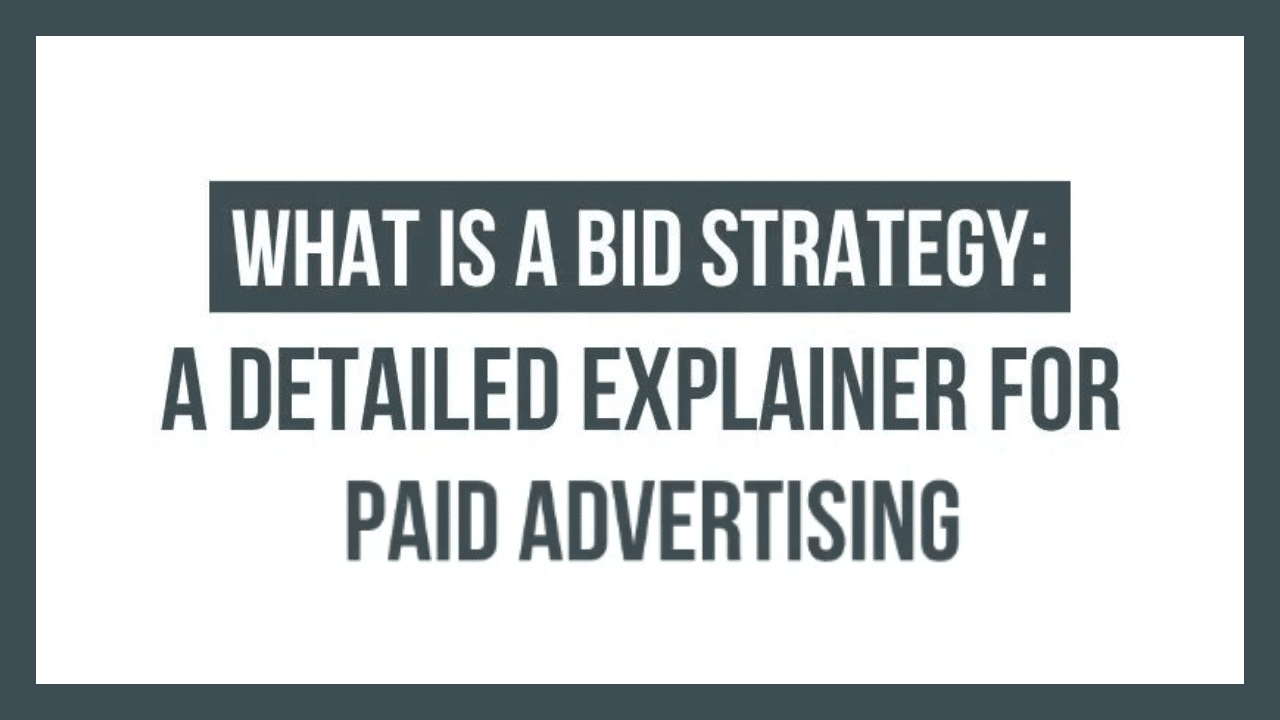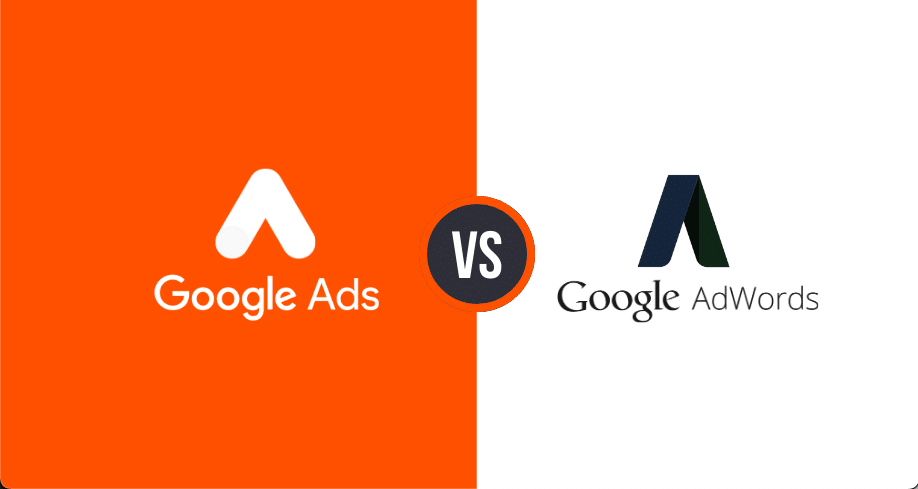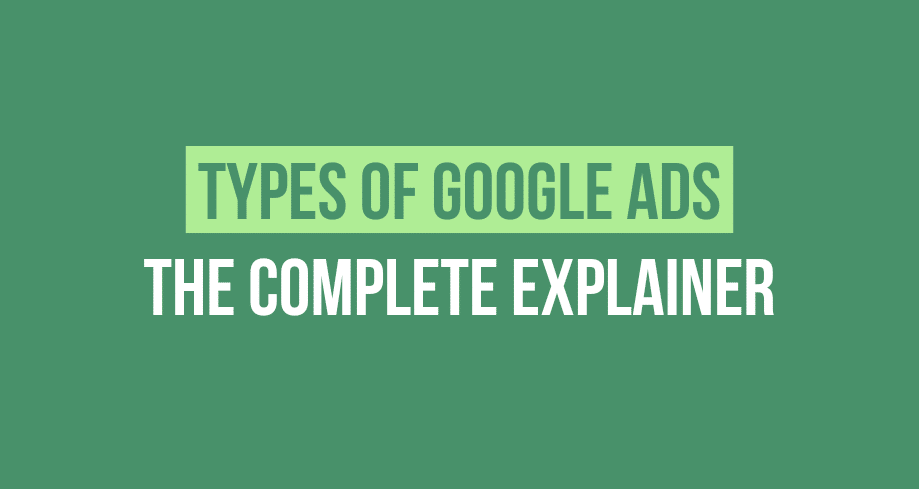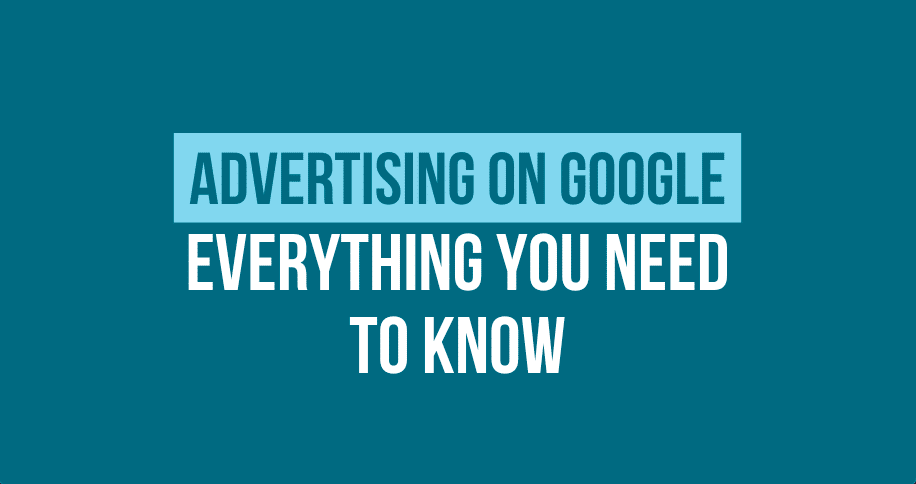What is a bid strategy? How about we break it down for you?
Welcome to the thrilling world of paid advertising, where your bid strategy is the key to unlocking success. Think of it as a high-stakes game of poker, where you hold all the cards, but the correct bid can make or break your winnings.
Your bid is your opening move, the initial statement of intent, and a reflection of your advertising goals.
So buckle up, sharpen your bidding strategy, and let’s get ready to show the world what you’re made of!
What is a bid strategy?
A bid strategy refers to a company or advertiser’s approach to determining the amount they are willing to pay for specific ad placement, such as on Google or another advertising platform.
The bid is typically based on factors such as:
- Target audience.
- Competition.
- The desired outcome of the ad campaign.
The bid strategy is crucial because it directly affects the likelihood of the ad being shown to its intended audience. If it is too low, the ad may not be displayed at all, while a higher one increases the chances of the ad being seen but also raises the cost of the advertising campaign.
As a result, it is vital to have a well-thought-out strategy to maximize the impact of a paid advertising campaign while also controlling costs.
Types of Bid Strategy
As things stand, there are four main types of bid strategies in digital marketing – Cost-per-click (CPC), cost-per-impression (CPM), cost-per-action (CPA), cost-per-view (CPV), and target cost-per-acquisition (CPA)
Here is a detailed explanation of the different strategies:
Cost-per-click (CPC)
Let’s start with CPC, one of the most common ways to define advertising goals.
The advertiser pays each time a user clicks on their ad. This strategy is best for campaigns that prioritize driving traffic to a website, as the goal is to get as many clicks as possible. The advertiser sets a maximum bid amount, and the ad platform optimizes the bid to show the ad as many times as possible while staying within budget.
Cost-per-impression (CPM)
The advertiser pays for every 1,000 impressions (views) of their ad. This bid strategy is best for campaigns that prioritize brand exposure and building awareness, as the goal is to get the ad seen by as many people as possible. The advertiser sets a maximum bid amount, and the ad platform optimizes the bid to show the ad as many times as possible while staying within budget.
Cost-per-action (CPA)
Now let’s look at CPA. In this strategy, the advertiser pays each time a desired action is taken, such as a sale or sign-up. It is the best approach for campaigns that prioritize conversions, as the goal is to get as many actions as possible. The advertiser sets a maximum bid amount, and the ad platform optimizes the bid to show the ad to the most likely-to-convert users while staying within budget.
Cost-per-view (CPV)
When it comes to CPV, the advertiser pays each time a user watches a video ad.
This strategy is best for campaigns that prioritize video views, as the goal is to get as many people as possible to watch the video. The advertiser sets a maximum bid amount, and the ad platform optimizes the bid to show the video ad as many times as possible while staying within budget.
Target cost-per-acquisition (TCPA)
In this bid strategy, the advertiser sets a target cost for each desired action, such as a sale or sign-up.
The ad platform optimizes the bid to meet the target cost while maximizing the number of conversions. This bid strategy is best for campaigns that prioritize conversions and want to control costs. The ad platform uses data to automatically adjust the bid to reach the target cost while maximizing conversions.
When to each bid strategy type: Clicks, Impressions, Conversions, Video Views
To a layperson, choosing the best bid strategy for your marketing needs can get very confusing.
Well, fret no more.
Here are specific scenarios for each bid strategy type:
- Clicks: A clothing retailer launching a new product line might use a CPC bid strategy to drive traffic to their website and increase sales. They would optimize their bid to achieve the highest number of clicks while staying within their budget.
- Impressions: A local political campaign may use an impressions bid strategy to raise awareness and recognition among voters. The campaign would focus on maximizing the number of times the ad is displayed, regardless of clicks, to reach a large audience.
- Conversions: An e-commerce company looking to increase online sales might use a CPA bid strategy to drive conversions. The company would optimize its bid to achieve the highest sales while staying within its budget.
- Video Views: A movie studio promoting a new film release might use a CPV bid strategy to increase awareness and build excitement. They would optimize their bid to achieve the highest number of video views while staying within their budget.
These examples illustrate which type of strategy can work best for your campaigns. Knowing which ones go well with your goals can avoid wasting a lot of time and money from the outset.
Bid Strategy and Advertising Goals
Read on if you are more into taking a technical view of how things work in online paid advertising.
What kind of strategy to choose? That is the question.
Based on the advertising goals your campaign has in mind, bid strategies can be tailored based on these factors:
- Clicks: If the goal is to drive traffic to a website, the advertiser may opt for a “cost-per-click” (CPC) bid strategy, where they pay each time a user clicks on their ad. The bid amount is optimized to maximize the number of clicks while staying within the advertiser’s budget.
- Impressions: An “impressions” bid strategy focuses on maximizing the number of times the ad is displayed, regardless of clicks. This can be useful for building brand awareness and recognition. The bid amount is set to ensure the ad reaches a large audience.
- Conversions: A “cost-per-action” (CPA) bid strategy is used when the goal is to drive conversions, such as sales or sign-ups. The advertiser pays only when the desired action is taken, and the bid amount is optimized to maximize the conversion rate.
- Video Views: A “cost-per-view” (CPV) bid strategy is used for video ads, where the advertiser pays for each view of their video ad. The bid amount is set to maximize the number of views while staying within the advertiser’s budget.
In short, bid strategies are tailored based on the ad campaign’s desired outcome and the advertiser’s specific goals.
Frequently Asked Questions
What are the different types of bid strategies?
Cost-per-click (CPC), cost-per-impression (CPM), cost-per-action (CPA), cost-per-view (CPV), and target cost-per-acquisition (CPA) are some of the most commonly used strategies in digital advertising.
How does the bid amount affect ad placement?
The bid amount is critical in determining ad placement, as higher bids increase the chances of the ad being shown. However, it’s not just about bidding the highest amount, as other factors, such as relevance and quality, also play a role in ad placement.
How can I optimize my bid strategy for success?
Optimizing your bid strategy involves continuously monitoring and adjusting your threshold based on performance data and advertising goals. It is important to regularly evaluate the results of your campaigns and make changes as needed to achieve optimal performance.
Can I change my bid strategy in the middle of a campaign?
Yes, you can change your strategy in the middle of a campaign, and in some cases, it may be necessary to optimize your results. However, it’s essential to consider the impact of the change on your campaign before making any modifications.
What are target cost-per-acquisition bid strategies?
Target cost-per-acquisition bid strategies are a type of CPA bid strategy where the advertiser sets a target cost for each desired action, such as a sale or sign-up. The bid is automatically optimized to meet the target cost while maximizing the number of conversions.
Conclusion
Choosing and optimizing your bid strategy is a crucial step in digital marketing. Once you know what a bid strategy is and how it works in tandem with your digital advertising goals, you can devise a plan. The strategy determines how much you’re willing to pay for an ad placement, which affects the likelihood of your ad being shown to its intended audience. The right bid strategy can help you achieve your advertising goals, such as driving traffic, increasing conversions, or building brand recognition, while also controlling costs.
It is essential to consider your goals, target audience, and competition when selecting a bid strategy and to continually monitor and adjust your bid to ensure it is optimized for success. In short, your bid strategy is a vital component of your overall digital marketing plan and should not be overlooked.




